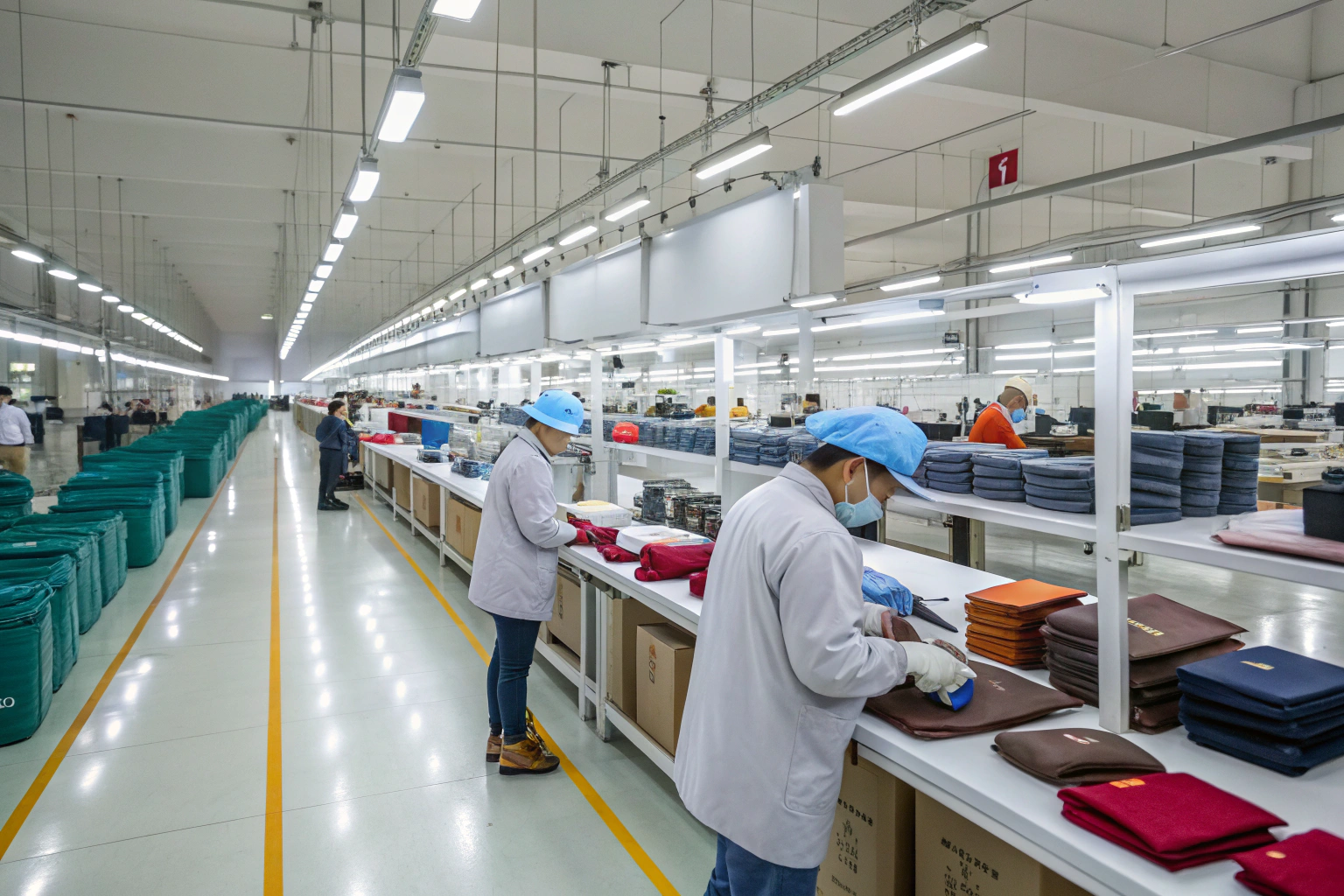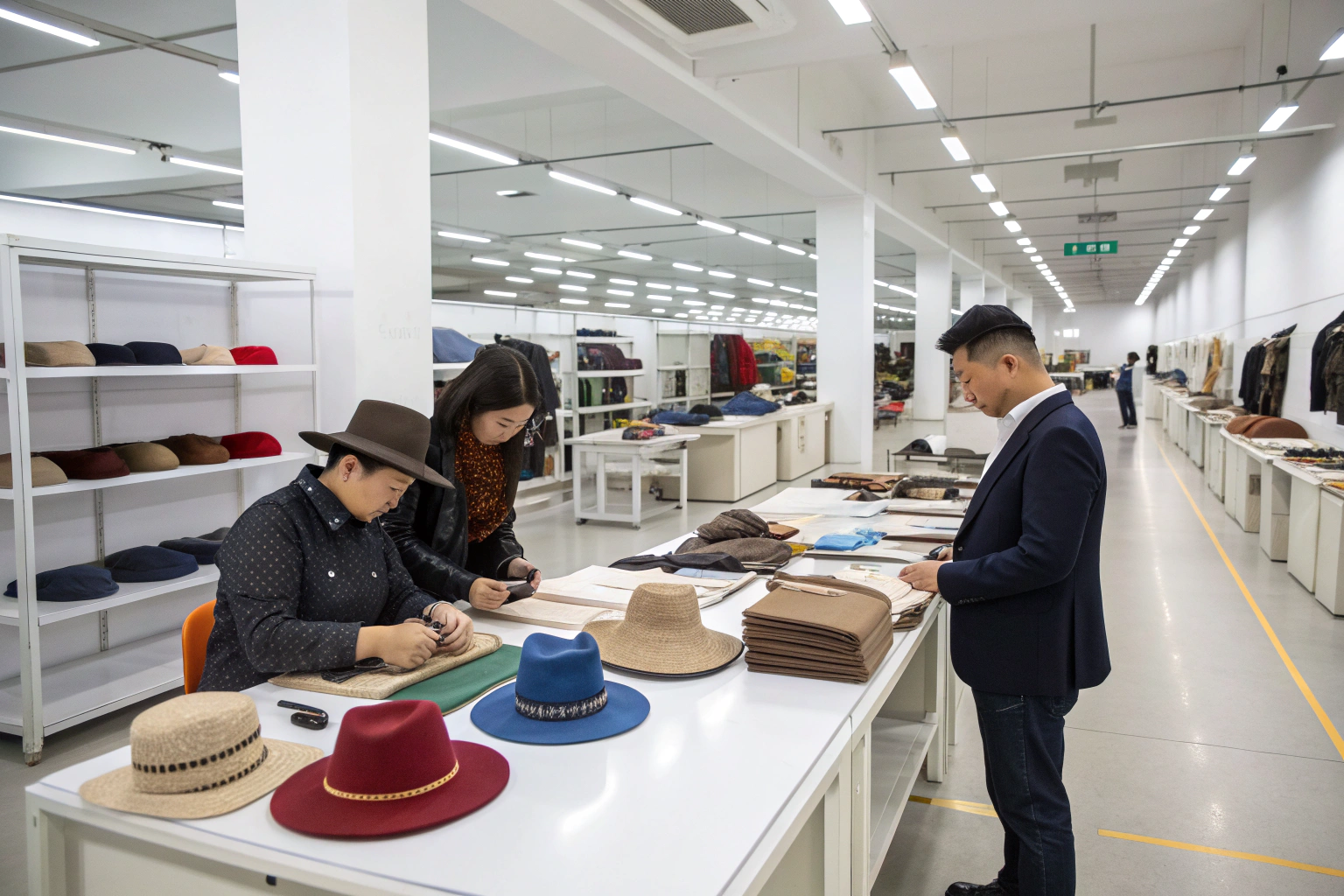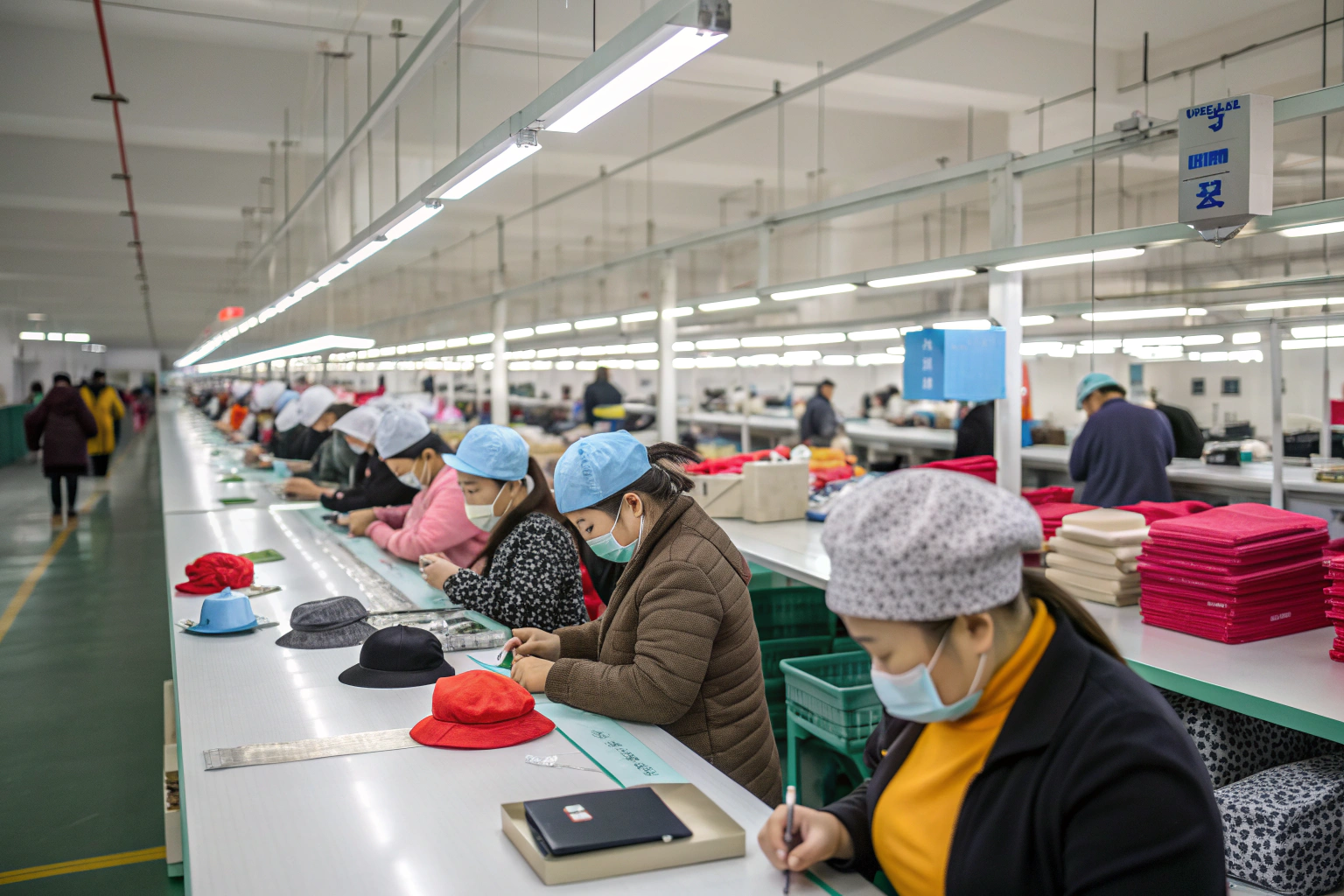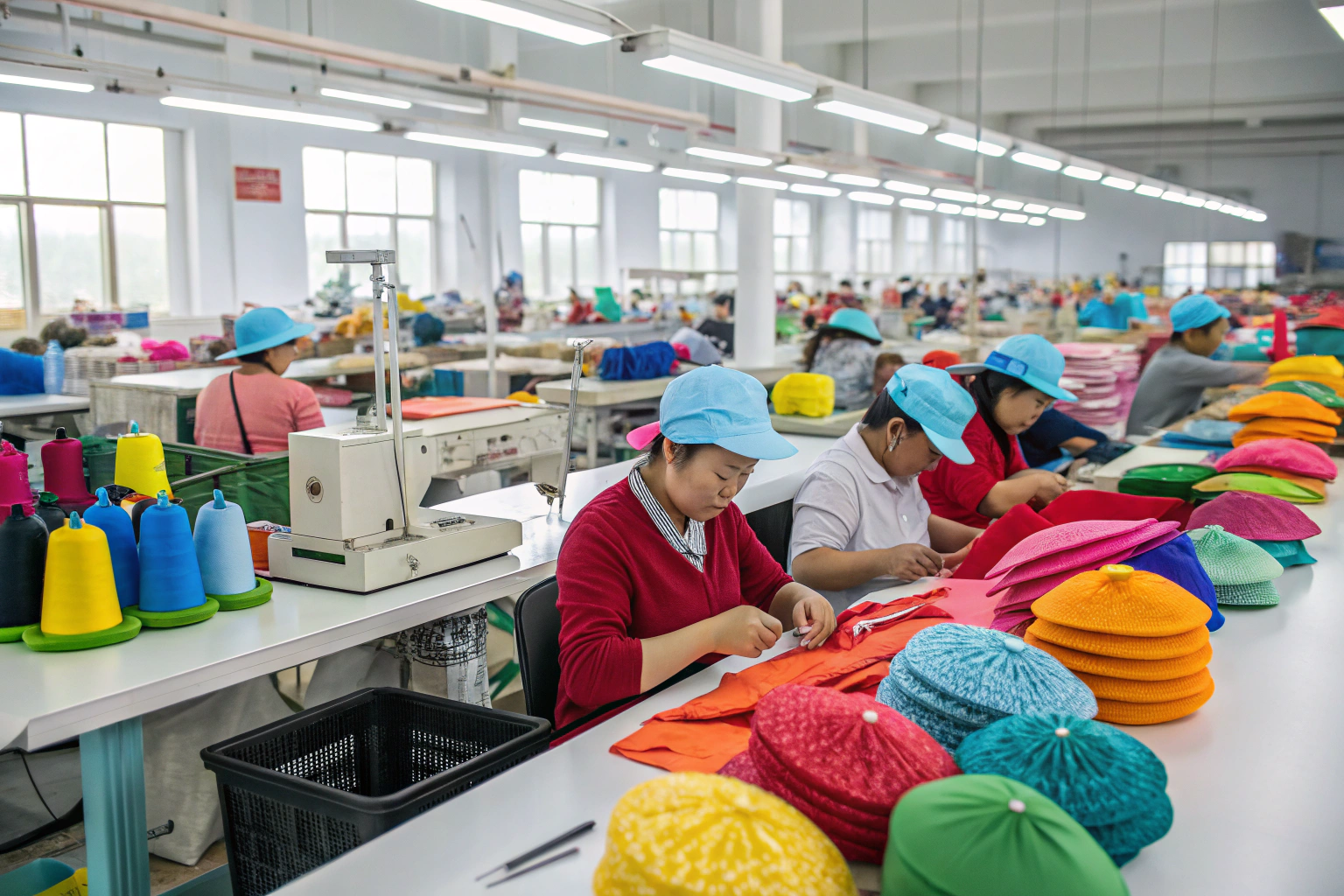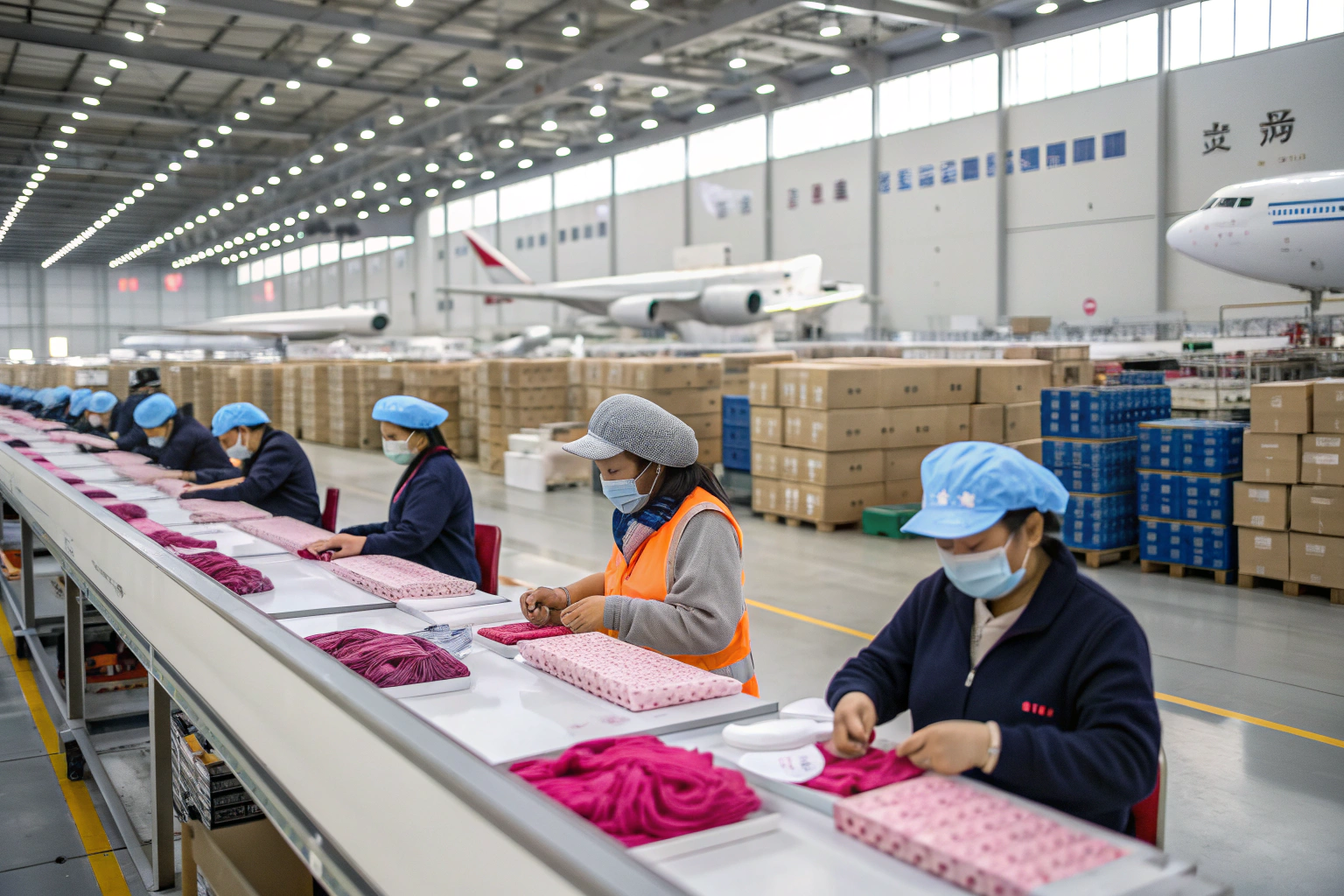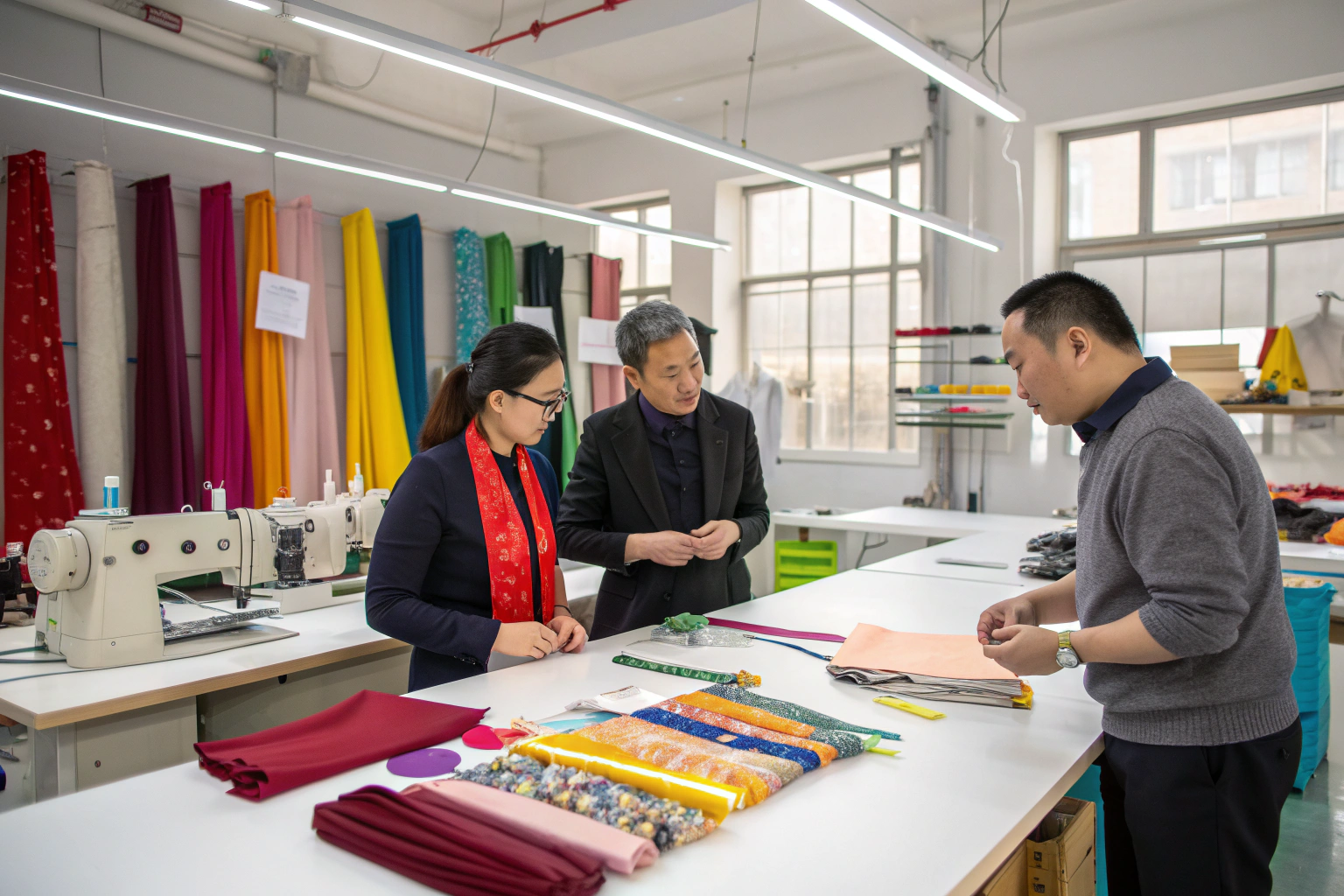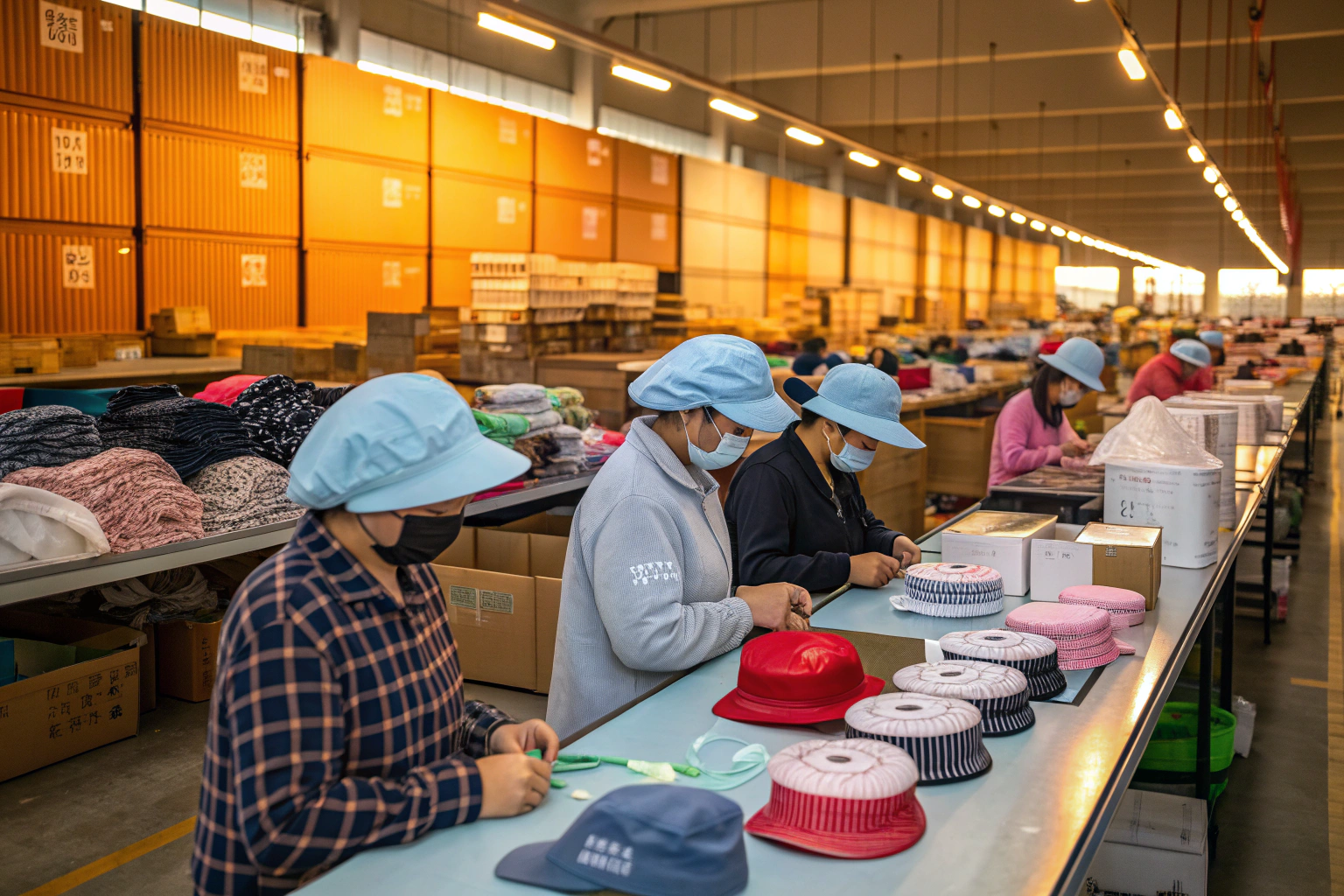In recent years, the fashion accessories industry has evolved beyond aesthetics. Consumers now seek products that blend style with functionality, especially those that contribute to health and hygiene. This shift has fueled the demand for anti-microbial accessories—items designed to resist the growth of harmful microorganisms while maintaining their fashionable appeal.
As the owner of a modern manufacturing facility in Zhejiang, China, I have worked closely with clients from North America, Europe, and other markets. I have seen how sourcing priorities have changed. Today’s buyers demand not only attractive and competitively priced products but also accessories that meet stringent safety and quality standards.
The short answer: sourcing anti-microbial accessories successfully requires understanding how the technology works, knowing the right materials, choosing reliable suppliers, and keeping up with market trends. Mastering these areas allows you to deliver high-quality, compliant, and market-ready products.
This guide will walk you through these steps with practical insights and examples from real-world sourcing experiences.
What Are Anti-Microbial Accessories and How Do They Work?
Anti-microbial accessories are fashion items—such as belts, scarves, hats, and gloves—that have been manufactured or treated to inhibit the growth of bacteria, fungi, and in some cases, viruses. The process can involve embedding active agents into the fibers during production or applying protective coatings after the product is completed.
These treatments help maintain freshness, reduce odors, and extend the product’s lifespan, all without altering its style or comfort. A scarf with an anti-microbial finish will stay fresh after hours of wear, a copper-infused hat will naturally deter bacterial growth, and gloves treated with botanical extracts can help minimize germ transfer in everyday use.
In simple terms: these accessories create a surface environment that is hostile to microorganisms, preventing them from surviving or multiplying.

What Is the Science Behind Anti-Microbial Fabrics?
The science blends microbiology with textile engineering. Silver ion technology works by releasing positively charged ions that attach to bacterial cell walls, disrupting their structure and halting reproduction. Silver ions also interfere with key enzymes and DNA processes, effectively killing the microbes.
Copper-infused textiles operate in a similar fashion but also produce reactive oxygen species (ROS) that damage cell membranes and internal components. This dual mechanism is highly effective against a wide spectrum of bacteria and some viruses.
Additionally, synthetic non-metallic treatments can be chemically bonded to fabric fibers, creating a physical barrier that prevents microbes from adhering to the surface. The choice between silver, copper, or synthetic treatments depends on cost, market regulations, and intended use.
How Are Anti-Microbial Treatments Applied to Accessories?
There are two primary application methods:
-
Fiber Integration – The anti-microbial agent is blended into the yarn during fiber production. This results in long-lasting protection that remains effective through multiple washes. It is ideal for premium accessories requiring durability.
-
Surface Coating – The agent is applied to finished products through spraying, dipping, or heat bonding. This method is faster and more affordable, making it suitable for seasonal or promotional collections. However, if not applied correctly, the treatment can lose effectiveness after several washes.
In either case, it is essential to request certifications and laboratory test reports from suppliers to confirm treatment effectiveness and compliance with target market regulations.
Key Materials for Anti-Microbial Clothing and Accessories
Choosing the right material is one of the most important steps in sourcing anti-microbial accessories. The performance, durability, and comfort of your product depend heavily on the fabrics you select. While many base materials can be treated with anti-microbial agents, some fibers are naturally better suited for this purpose than others.
The short answer: the best materials for anti-microbial accessories include silver-ion infused polyester, copper-thread cotton blends, bamboo fibers, and certain recycled synthetics that have been treated for added protection. Each of these options offers distinct benefits in terms of hygiene, sustainability, and design flexibility.

Why Is Silver-Ion Polyester Popular in Accessories?
Silver-ion polyester has become a leading choice for anti-microbial accessories due to its unique balance of performance and practicality. The integration of silver ions into polyester fibers ensures that the anti-microbial effect remains active through multiple wash cycles and prolonged use. This makes it especially suitable for high-contact items like gloves, hats, and belts.
The advantages of silver-ion polyester go beyond hygiene. It is lightweight, wrinkle-resistant, and maintains color vibrancy over time, which is crucial for fashion-forward products. Its odor-resistant property also makes it popular in activewear and sports accessories. Brands in the sportswear industry have been leveraging this material for years, and its adoption in everyday accessories is steadily increasing.
Are Bamboo Fibers a Sustainable Anti-Microbial Option?
Bamboo fibers are naturally anti-bacterial, making them an eco-friendly option for accessories that need to balance hygiene with sustainability. When processed into textiles, bamboo retains its natural properties that resist bacterial growth, though many manufacturers enhance these effects with additional anti-microbial treatments.
While bamboo fibers are generally more expensive than standard cotton, they are becoming more accessible as demand grows. Their combination of sustainability, comfort, and anti-microbial potential makes them a compelling choice for brands targeting health-conscious and environmentally aware consumers.
Anti-Microbial Accessories Market Trends in 2025
The market for anti-microbial accessories is rapidly evolving, shaped by shifts in consumer behavior, advances in textile technology, and global health awareness. In 2025, we are witnessing unprecedented integration of hygiene-focused features into mainstream fashion, driven by both retail demand and e-commerce expansion.
The short answer: anti-microbial accessories are no longer niche products; they are becoming a standard feature in premium and mid-range fashion lines across multiple markets.

Which Regions Are Leading the Demand for Anti-Microbial Accessories?
Currently, North America and Europe lead the global demand for anti-microbial accessories, largely due to heightened hygiene standards and strong consumer awareness campaigns.
- North America – The U.S. fashion market has seen a significant expansion in anti-microbial accessory offerings, particularly in activewear, outdoor gear, and winter collections. Major department stores and specialty retailers are promoting these features as part of their premium product lines.
- Europe – In the European fashion industry, brands are combining anti-microbial technology with sustainable materials like organic cotton and recycled polyester. Eco-conscious consumers are drawn to products that offer both hygiene benefits and a reduced environmental footprint.
Other regions, including parts of Asia-Pacific, are catching up quickly, especially in urban markets where fashion and functionality intersect.
The common thread across all regions is that hygiene is no longer just a health concern—it’s a lifestyle choice influencing purchasing decisions.
How Are E-Commerce Platforms Boosting Sales of Anti-Microbial Accessories?
E-commerce has played a transformative role in making anti-microbial accessories accessible to a wider audience. Platforms like Amazon and Alibaba have dedicated product categories for hygiene-enhanced apparel and accessories, allowing sellers to reach global buyers with ease.
Here are some ways e-commerce boosts sales:

- Keyword Optimization – Using relevant terms like "anti-microbial scarf" or "bacteria-resistant gloves" helps products rank higher in search results.
- Customer Reviews – Positive feedback on product effectiveness builds trust and encourages repeat purchases.
- Targeted Advertising – Platforms allow for precise targeting of demographics likely to value hygiene features, such as parents, travelers, and fitness enthusiasts.
- International Reach – Sellers can ship directly to foreign markets without maintaining physical retail space, making it easier to test demand in new regions.
The continued growth of online marketplaces, combined with consumer education about hygiene benefits, suggests that anti-microbial accessories will maintain strong sales momentum in the years ahead.
Conclusion
The sourcing of anti-microbial accessories requires a careful balance of design, material selection, supplier reliability, and market awareness. By understanding the science behind these products, choosing the right fabrics, partnering with certified and capable suppliers, and staying informed about market trends, you can successfully meet the evolving demands of global consumers.
At AceAccessory, we have the expertise, facilities, and dedicated team to help you develop and deliver high-quality anti-microbial accessories that align with your brand vision and market goals. If you are ready to explore your own collection, contact our Business Director, Elaine, at elaine@fumaoclothing.com to discuss your project.

